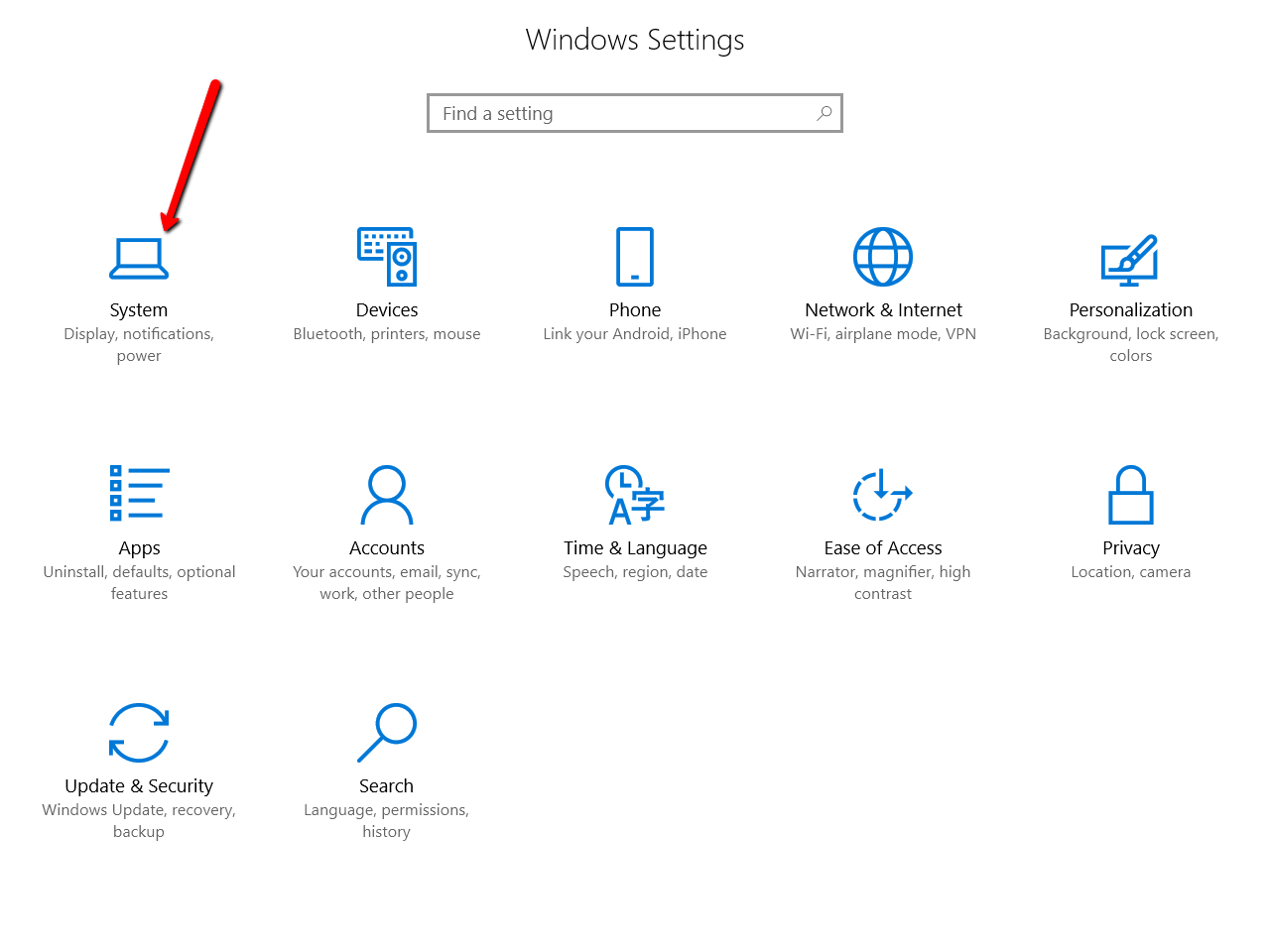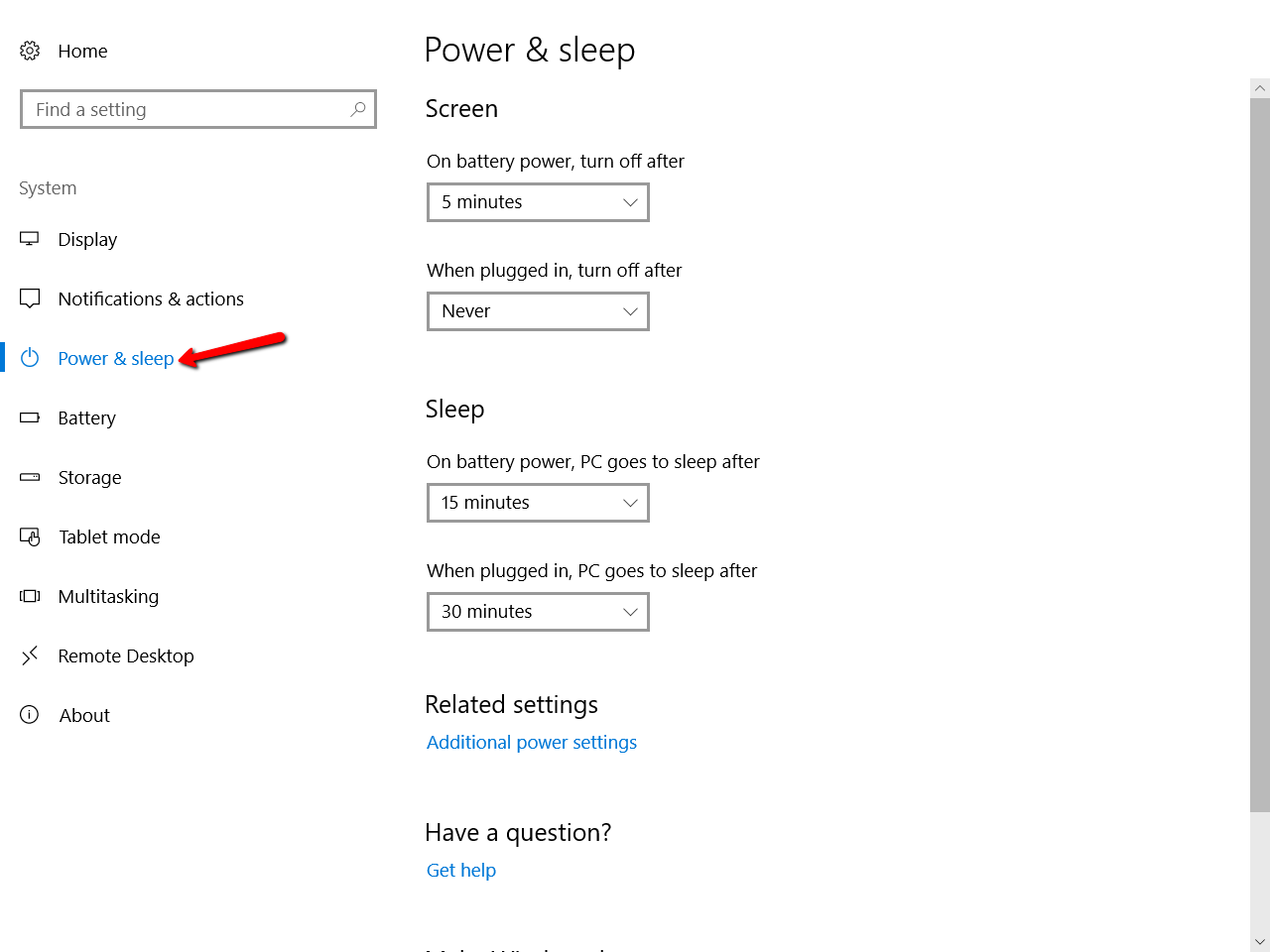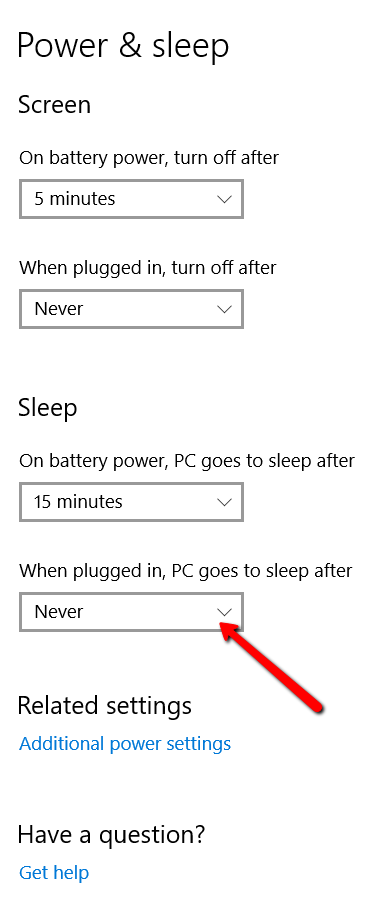Requesting VPN Access
The first step is to request VPN access using the attached form. Fill out the form and get your supervisor to sign it. Make sure “Remote Access to Desktop” is checked. Then, have your supervisor forward the form to the CIO by fax at 594-7500 or by campus mail at 121 Ratcliffe. Once VPN access is granted, you will have access to the VPN software, and you will have your desktop set up to allow incoming connections.
Setting up your Home Computer
You will need admin rights to your home computer to install the Global Protect product.
Launch your web browser and type https://gpvpn.cnu.edu into the address bar.
Whichever browser you use, you will then see the following screen. Enter your CNU username in the “name” box, then your password in the Password box.
You’ll then be asked to download the version of Global Protect that matches your system. To tell your system type, open the Windows Setting window using the Start Menu. Select System, then About.
In the screen that appears, you can find your system type (64 or 32 bit):
Close that window, and download the file appropriate to your system type.
Double-click on the file to run it. A box will come up asking whether you want to run the file. Click “Run.”
Click Next on the next three screens:
The program will be installed on your computer. Depending on your computer’s setup, you may have to enter your admin username and password. Click Complete when the client is done installing.
Preparing your Work Computer for Remote Connections
To be able to use the VPN to connect using these instructions, your computer will have to remain on campus and be turned on. You will also need to record your computer name.
To determine your computer’s name,
To tell your system type, open the Windows Setting window using the Start Menu. Select System, then About.
In the screen that appears, you can find your system name.
Write down the full computer name (ending with cnuadmin.cnu.edu) and take it home with you. You’ll need this information to connect to your computer later.
You will also have to ensure that your computer does not go to sleep. To do so, Return to the Windows Setting window and select System, then Power and Sleep.
You’ll see the a series of dropdowns. Change the setting for “Put the computer to sleep” under “Plugged in” to Never. If you don’t see that setting, you don’t need to do anything.
When you’re ready to leave for the day, make sure not to shut down your computer. Simply log out.
Connecting to your Computer via Remote Desktop (from your home computer)
To access the client, use the Start Menu to locate GlobalProtect.
Enter your CNU username and password into the appropriate boxes, and enter gpvpn.cnu.edu into the “Portal” box. Then click “Apply”
You will see this icon in the bottom-right corner of your screen if you are connected:
Once you are connected, click the start menu. Use the Start Menu to locate the Remote Desktop Connection application.
Enter the name of your computer in the box that pops up and click “Connect”
A window will pop up asking you for a password. If your correct CNU username appears in the box, enter your password. If not, click on “Use Another Account,” and enter cnuadmin\ and your username in the first box and your password in the second.
You will then be connected to your computer as if you were sitting at it in person.
When you’re done with your session, click the start menu, and then “Log Off”.











